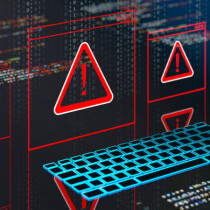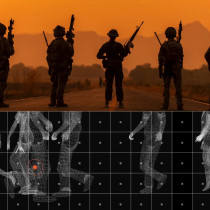Securing IGS Cisco Routers v 1.01
Some of the materials included in these guides can be used for illegal activities. We do not encourage such activities, and believe that such information should be made public because of the public's right to know and in order to help people defend themselves from computer criminals.



































































